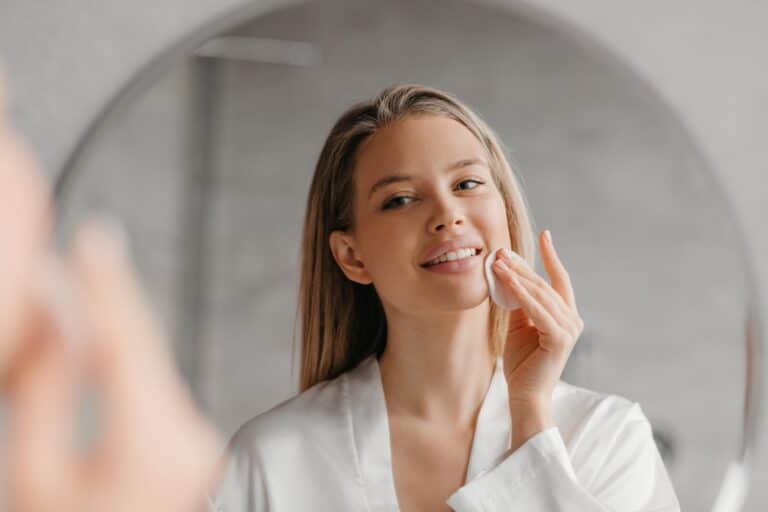Most of us buy organic food and cleaning products, but continue to slather our faces with creams and cosmetics packed with chemicals. The reason: Green products don’t seem tough enough to combat skin issues like wrinkles and sagging—and their utilitarian packaging doesn’t exactly scream luxury. But recently things have changed. “These days, many natural products are as effective as synthetic ones,” says dermatologist Gary Goldenberg, MD, of Goldenberg Dermatology in New York City. What’s more, they now look, smell, and feel like the high end products you’re already using—and are being sold at department stores and chic boutiques like Orgánachs Farm to Skin in Westport, CT. “We’re bringing women the luxury side of green beauty,” says Orgánachs Farm to Skin owner/founder Siobhan McKinley.
“This isn’t health store stuff—we carry high performing brands with complex, sophisticated formulas and ingredients sourced from around the world.”
If you’re feeling ready to try to green up your beauty routine—here’s what you need to know beforehand, and how to get started.
Read ingredient lists—carefully.
Scary but true: Just because a company markets a product as natural doesn’t necessarily mean it’s free of sketchy chemicals. “There’s no regulation of organic skincare products in the United States. You can call a product ‘natural’ if it contains just one natural ingredient,” says McKinley. So you have to read the fine print on the back of the package to ensure you’re getting a truly organic product. If you see parabens (a type of preservative that can disrupt hormone function and has been linked to increased risk of breast cancer); phthalates (a group of chemicals shown to affect the reproductive systems of lab animals); silicone; petroleum; benzopheput; or the word “synthetic,” the product may not be as natural as it seems. Also beware of the word “fragrance.” Why? “It’s a loophole for a lot of chemicals,” says McKinley.
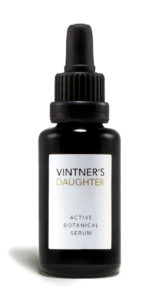
On the flip side, “the most effective natural ingredients to look for include plant-based moisturizing ingredients such as shea butter, argan oil, sunflower oil, grapeseed oil, safflower oil, coconut oil, jojoba oil, and avocado oil,” says Patricia Ceballos, MD, of Schweiger Dermatology Group in New Rochelle. You also want to be sure to load up on plant oils like green tea seed oil, sea buckthorn seed oil and Kakdu plum, which are high in antioxidants. Antioxidants are key because they reduce inflammation, enhance hydration, and prevent free-radical damage. McKinley recommends Vintner’s Daughter Active Botanical Serum ($185, at Orgánachs Farm to Skin), which contains both grapeseed oil and
avocado oil.
One of the most innovative natural ingredients is Spanish lavender, which functions as a natural, topical version of Botox.
“By triggering an increase inneuropeptides that prevent muscle contractions, it inhibits the muscle contractions that cause and emphasize fine lines and wrinkles,”
says Tata Harper, New Canaan resident and owner of Tata Harper Skincare, a popular 100 percent natural luxury skincare company. Find Spanish lavender in many Tata Harper products, including Tata Harper Rejuvenating Serum ($110).
Know that natural doesn’t always mean gentle.
Nature may be calming, but ingredients including (but not limited to) rose, lavender, lime and clove can irritate sensitive skin, says Ceballos. Those with dry skin also may want to avoid certain fruit extracts, which exfoliate the skin due to their alpha-hydroxy acid (AHA) content (lemon, orange and strawberries fall into this category) and yogurt, which contains lactic acid, another type of AHA. Grapes, tomatoes, raspberries and blackberries contain salicylic acid, a beta-hydroxy acid, which is an exfoliant and popular ingredient in OTC acne regimens and even foundations, says Ceballos, who notes that brown sugar, often used in homemade scrubs, can also be too harsh for dry or sensitive skin. Before using an organic product that contains any of these ingredients, Ceballos suggests testing it on a small patch of skin on your neck or forearm.
Pick the Right Preservative.
Parabens may be bad news, but products (natural or not) still need some kind of preservative to prevent bacteria, yeast, and mold growth. So in addition to avoiding products that contain parabens, also be wary of anything that claims to be “preservative-free.” Because either that claim isn’t true—or if it is, the product is going to have a very short shelf life.
Most organic skincare and makeup companies use natural preservatives to maintain the integrity of the formulas and prevent spoilage. According to Ceballos, natural preservatives include benzyl alcohol, salicylic acid, sorbic acid, glycerin, vinegar, alpha tocopherol, salt, rosemary extract, grapeseed extract, honey, and potassium sorbate. (Many of these green preservative ingredients have helpful side gigs: For example, glycerin, honey, and grapeseed oil hydrate the skin while also protecting it from bacteria and other gunk.) Harper preserves her products with slightly more exotic ingredients like beet root ferment and anise seed.
Whatever product you choose, pay attention to its expiration date. Generally speaking, “cream-based products last about six months once opened, and oil-based products and makeup are good for a year,” says McKinley.
Start off with stuff you use a lot of.
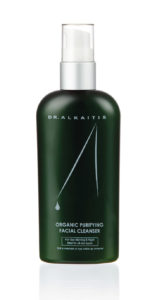
feature sophisticated formulas and upscale packaging.
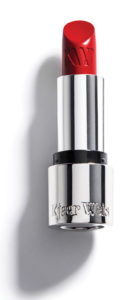
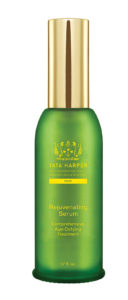
Ready to try organic products? Start with things that you use daily, and that cover a lot of surface area. For example, switch to a natural cleanser and moisturizer. Try Earth Tu Face Coconut Body Butter ($42, at Orgánachs Farm to Skin); Dr. Alkaitis Organic Purifying Facial Cleanser ($67, at Orgánachs Farm to Skin); or Tata Harper Repairative Moisturizer ($110). Also, “switch your lipstick so you’re not licking chemicals all day,” suggests McKinley. Try Kjaer Weis Lipstick ($56, at Orgá-nachs Farm to Skin) or Beauty Counter Lip Gloss ($29)
Once you incorporate one or two natural products into your regimen, start experimenting with some others—there are tons of high-quality options out there to discover.
When to Go Faux
There are two areas in which organics can’t quite compete with their non-organic counterparts (yet!). One is retinol, which helps build collagen and puts the brakes on collagen breakdown, keeping skin firm, smooth, and young looking. Chemical peels are the other exception. There are some natural peels out there, but “I’m not aware of any effective organic chemical peels on the market as of yet,” says Goldenberg.


